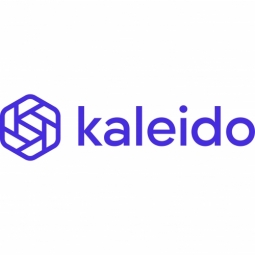- Application Infrastructure & Middleware - Blockchain
- Application Infrastructure & Middleware - Event-Driven Application
- Electronics
- Equipment & Machinery
- Leakage & Flood Monitoring
The customers of the Mortality Monitor application are carriers within the Life & Annuities industry. These carriers often deal with overlapping financial products across multiple carriers when a policyholder dies. They need a secure, efficient, and timely data exchange system to identify potential deaths more quickly and expedite the death benefits process. The customers also include entities who may have the original source of death information such as funeral homes, medical examiners, vital records, Electronic Death Registration Systems (EDRS) and government agencies.
The Life & Annuities industry faces significant challenges in data sharing during the death notification process. Deceased individuals often have overlapping financial products across multiple carriers, leading to potential matching of these deceased individuals among the carriers' claims records. This situation creates a need for a secure, efficient, and timely data exchange system. The process of notifying all parties holding a policyholder's policy upon their death is time-consuming, costly, and risky. Furthermore, when a deceased individual had policies or financial instruments with more than one carrier, a median of a 55-day gap in payment exists for the second carrier payout. This delay indicates that one carrier often learns of the death earlier than others, highlighting the need for a system that can expedite the death benefits process.
The Institutes RiskStream Collaborative™, the largest blockchain consortium in the risk management and insurance industry, developed the Mortality Monitor application to address these challenges. This enterprise blockchain application aims to incentivize secure, permissioned data sharing, helping carriers within the RiskStream Collaborative network identify potential deaths more quickly. The Mortality Monitor application on Canopy 3.0 running on Kaleido leverages token economics to incentivize carriers to securely share a death notification with other competitors who have the same deceased party within their internal policy systems. The goal is to expedite the industrywide claims process and improve the overall beneficiary experience. The Mortality Monitor’s single-source of truth concept sets the stage for a larger vision, extending the network participants to include entities who may have the original source of death information such as funeral homes, medical examiners, vital records, Electronic Death Registration Systems (EDRS) and government agencies.

Case Study missing?
Start adding your own!
Register with your work email and create a new case study profile for your business.
Related Case Studies.













